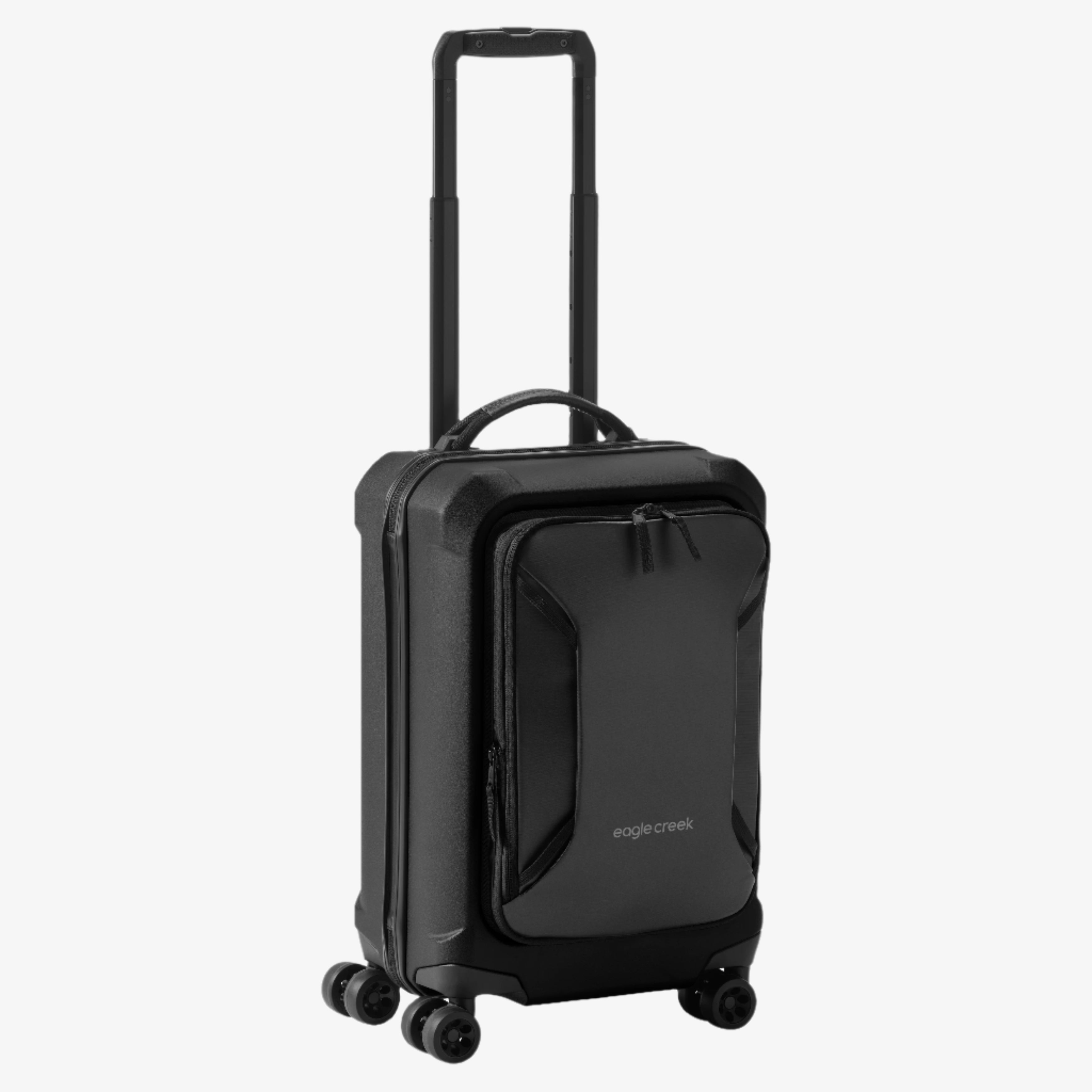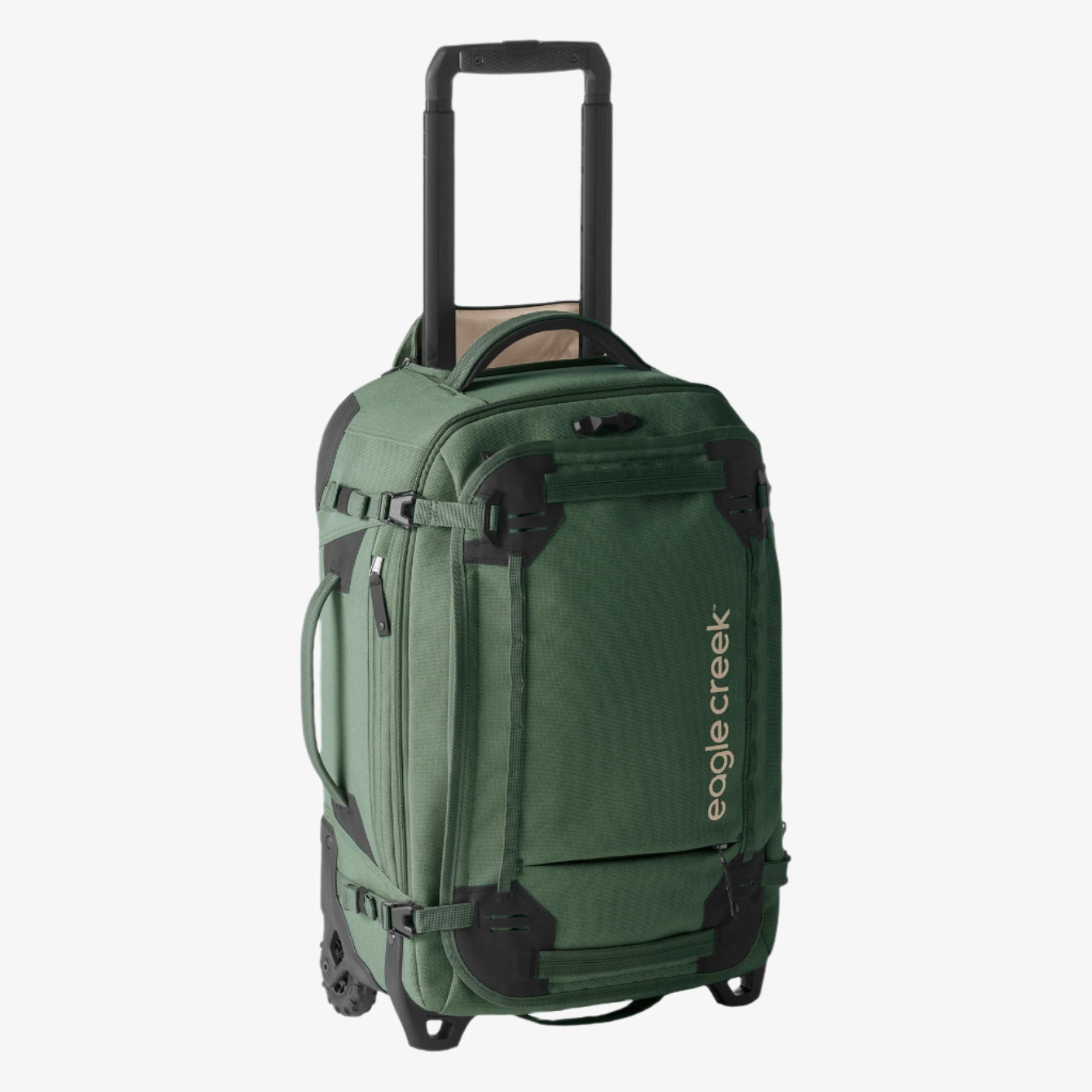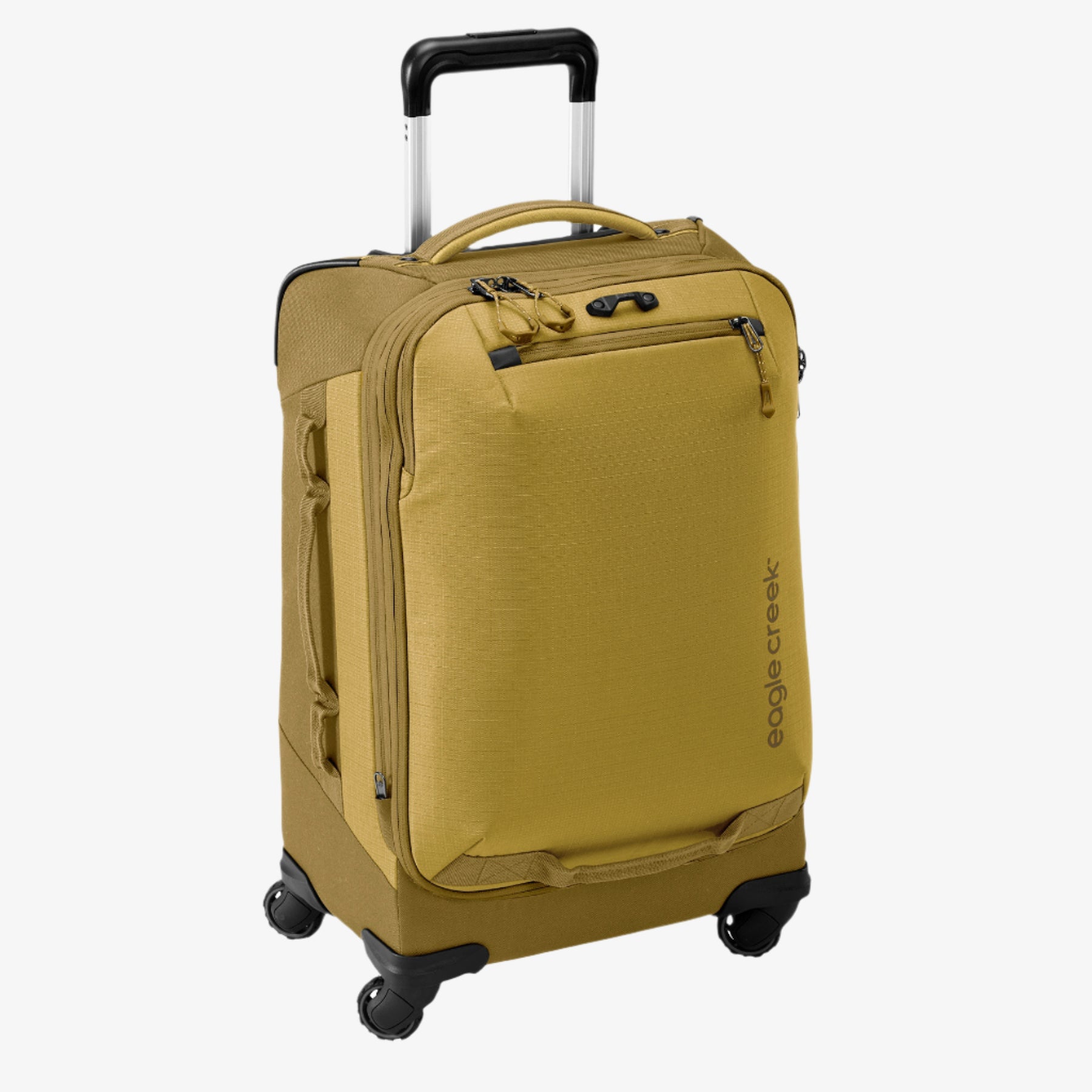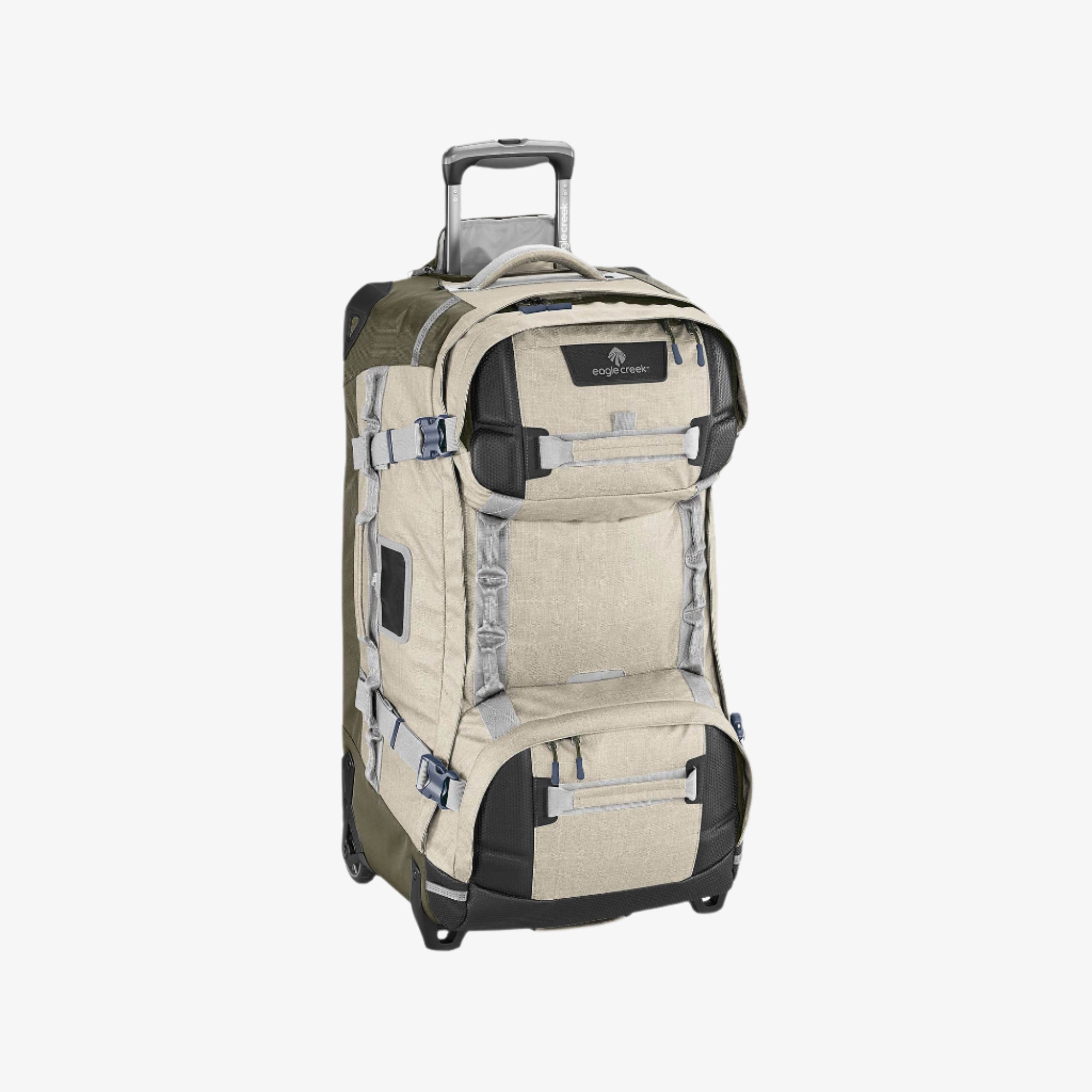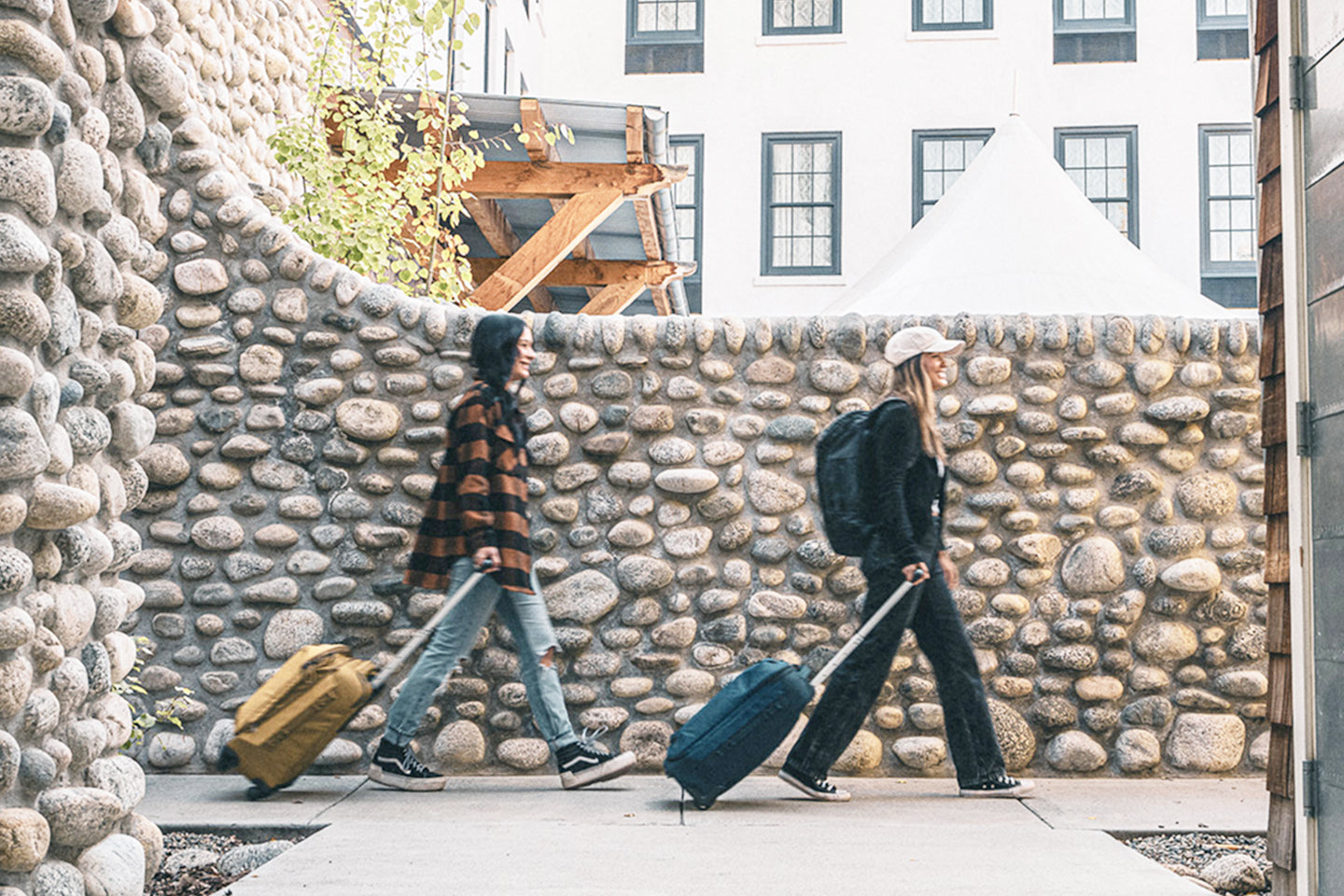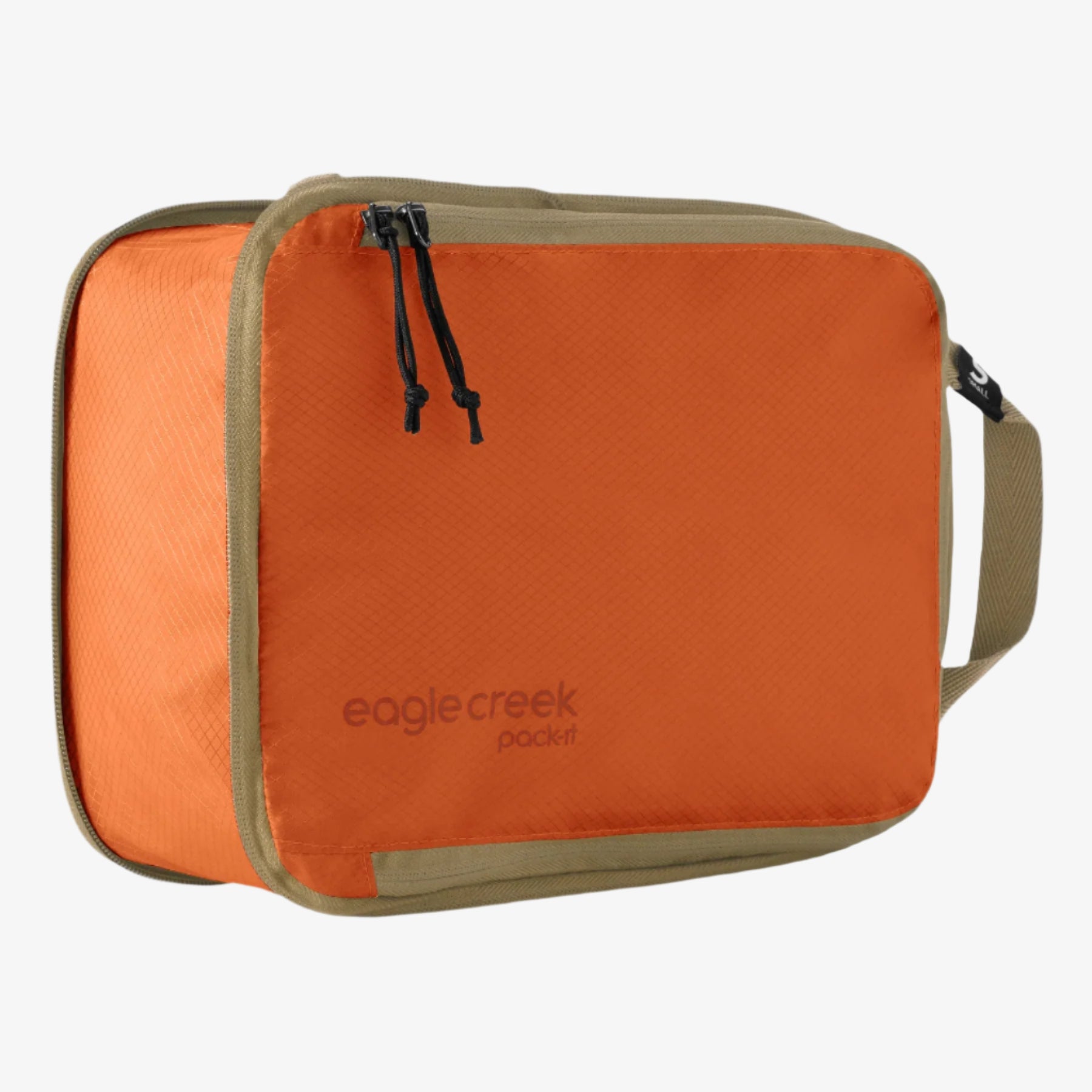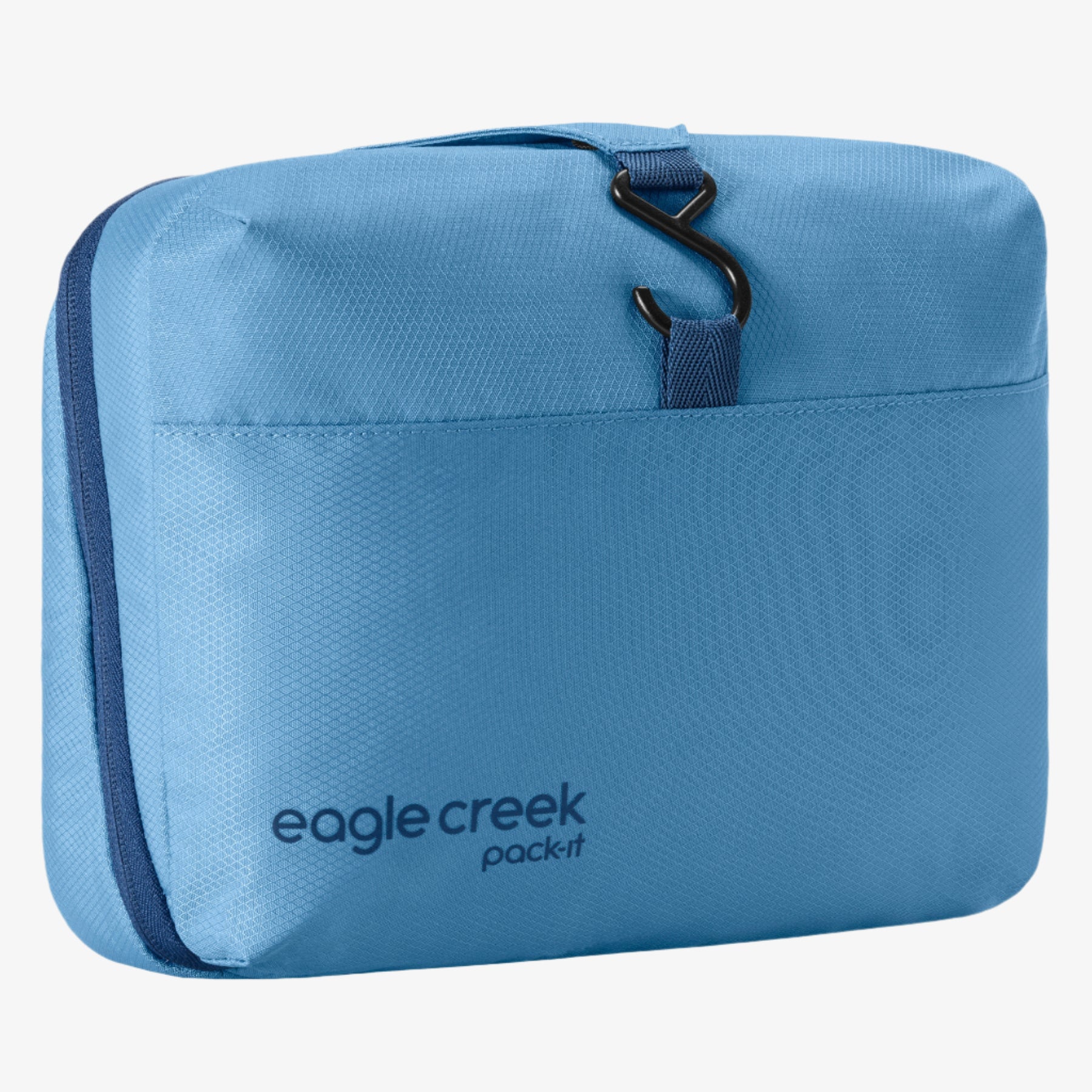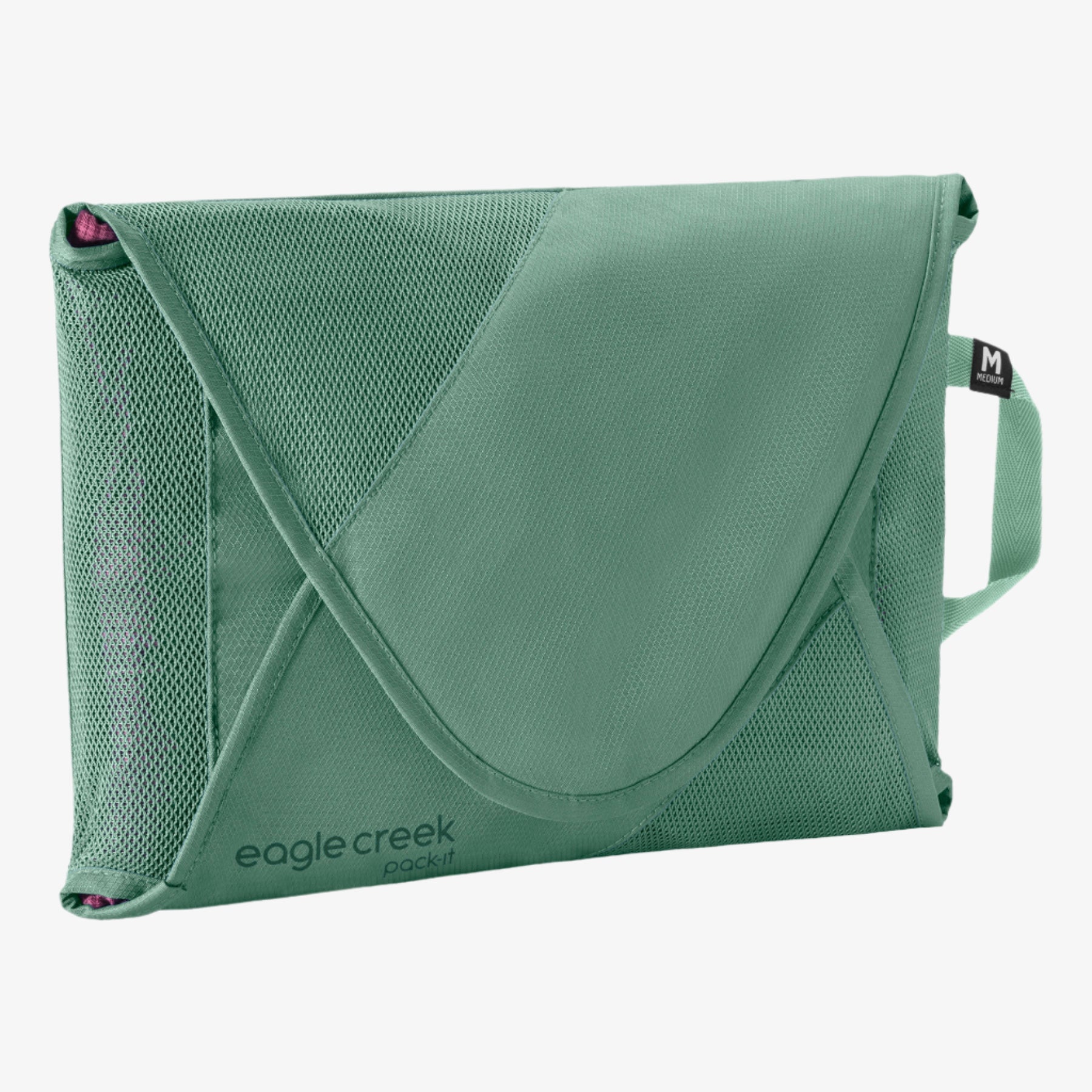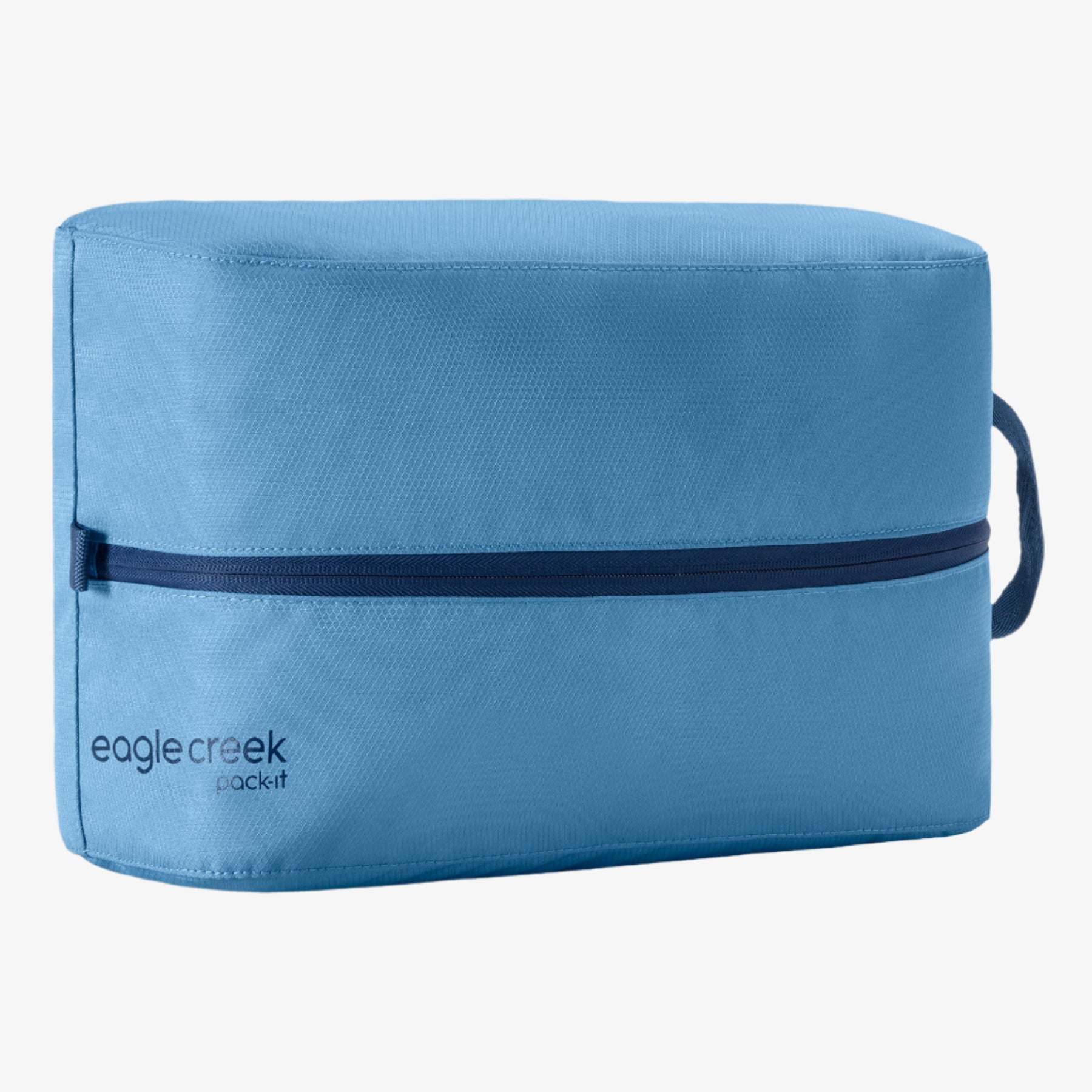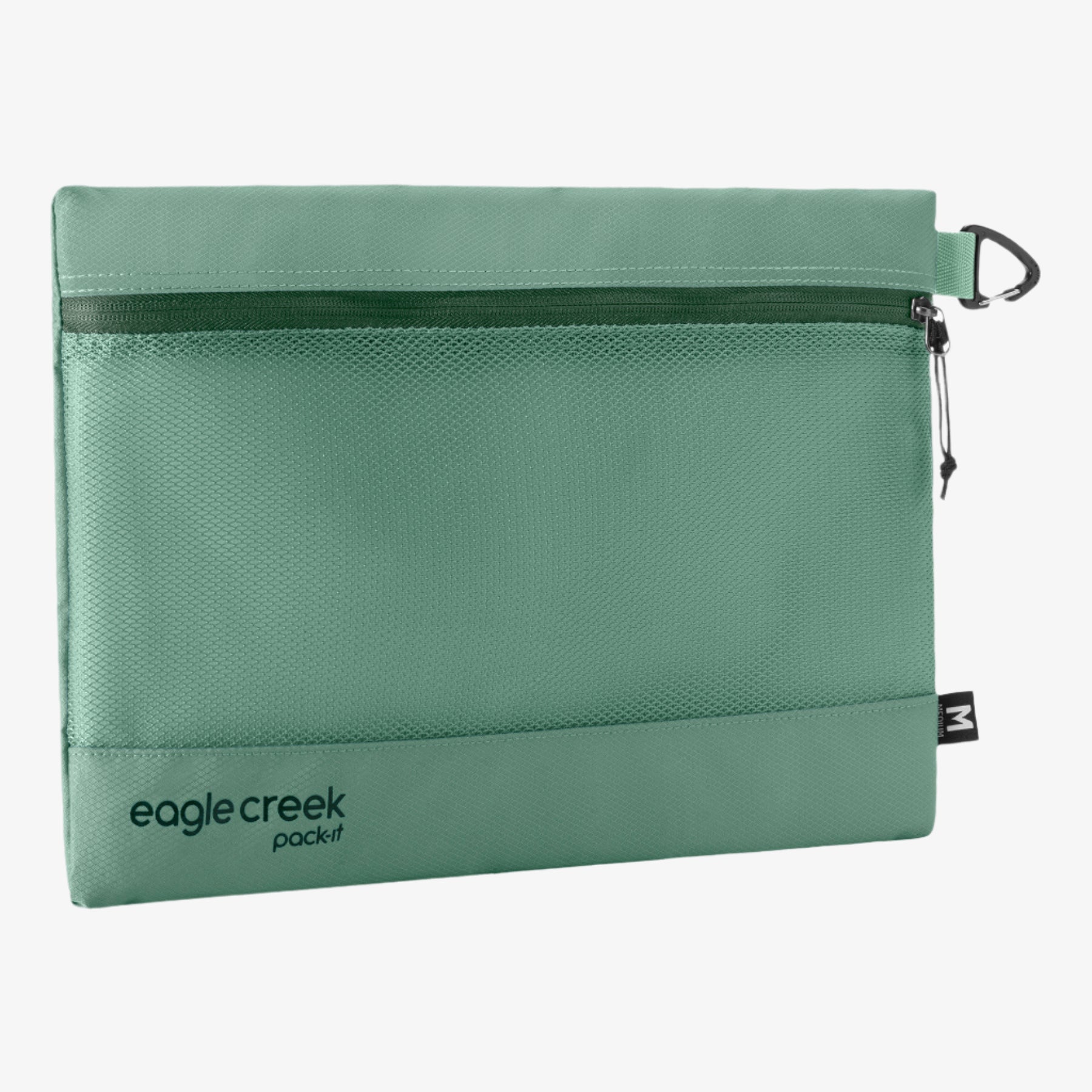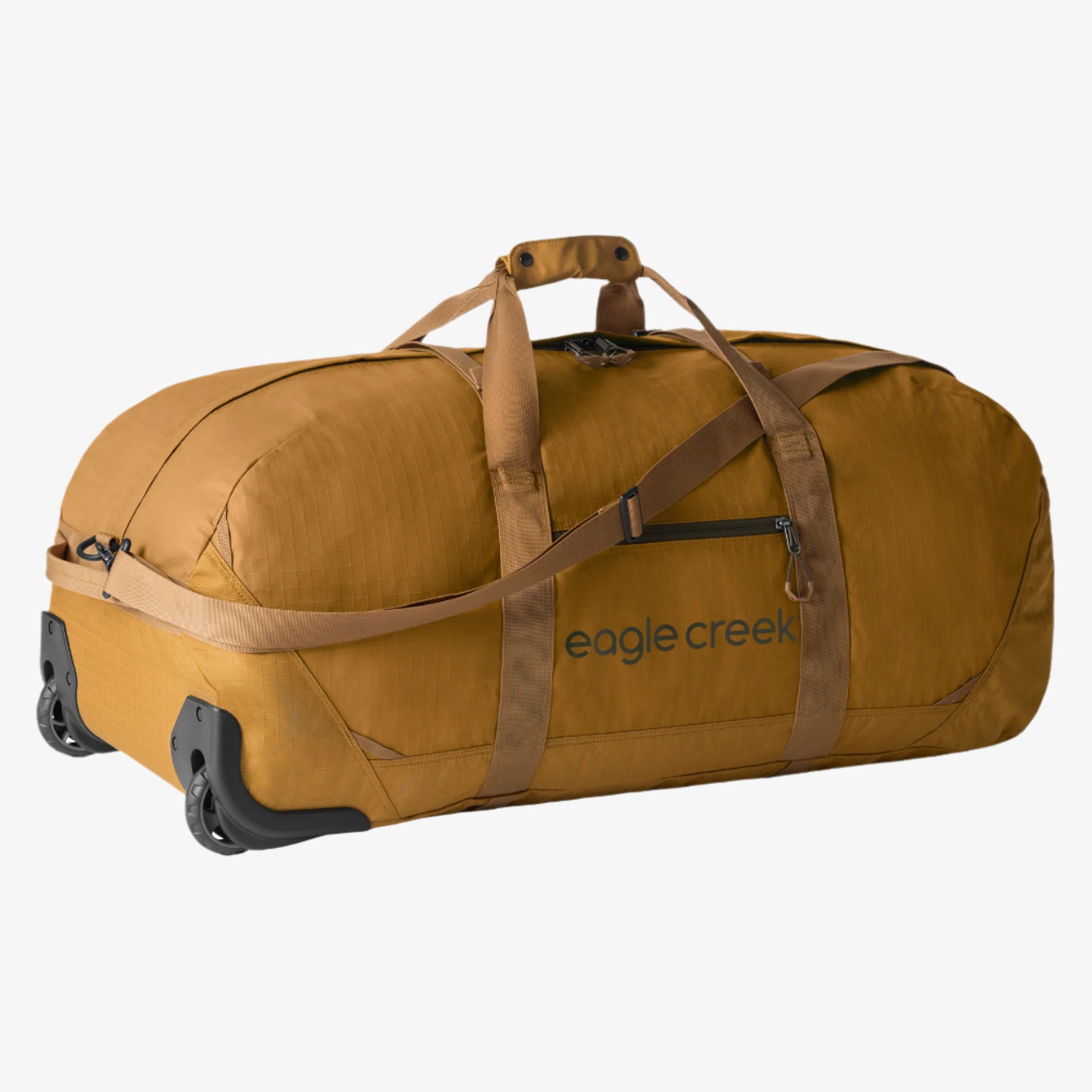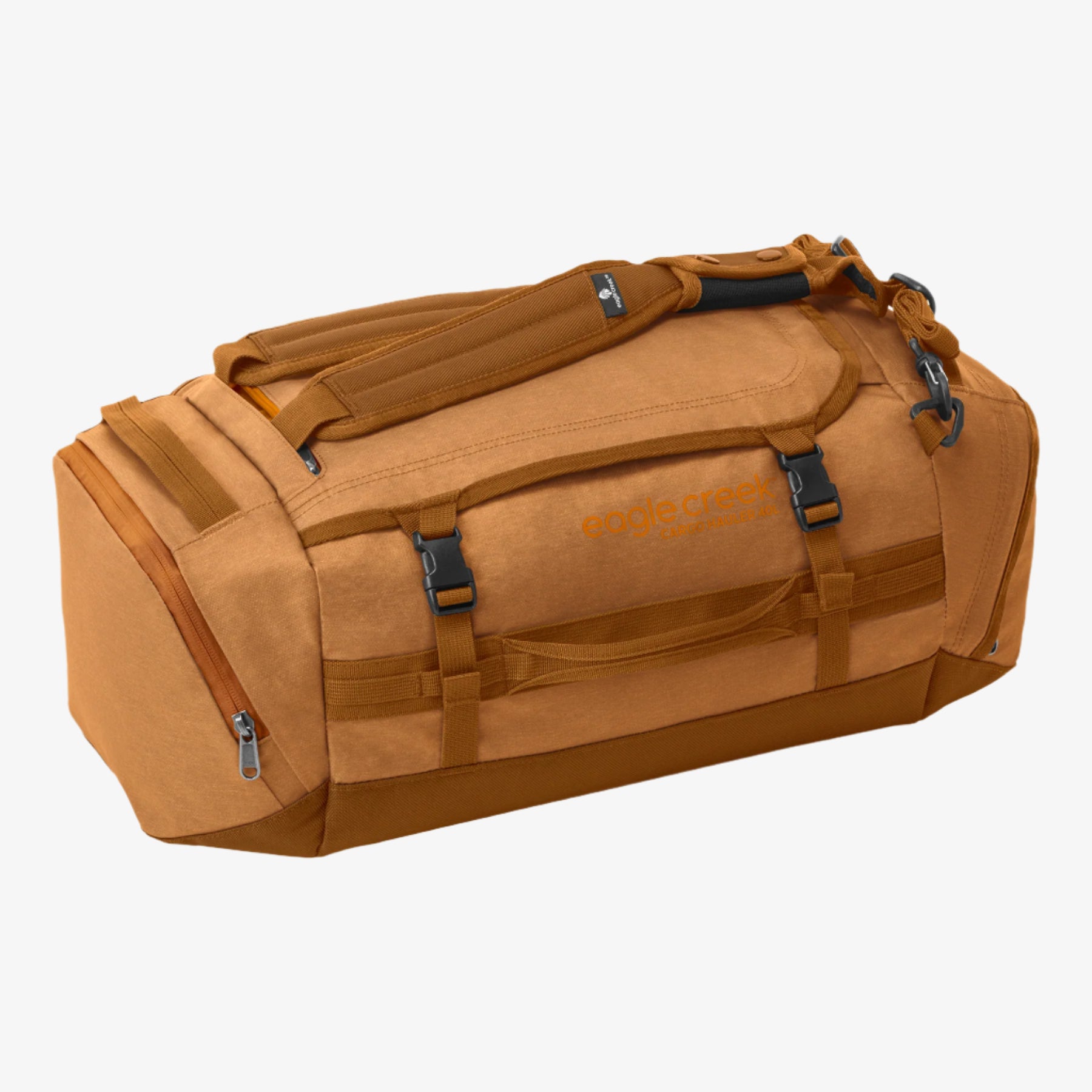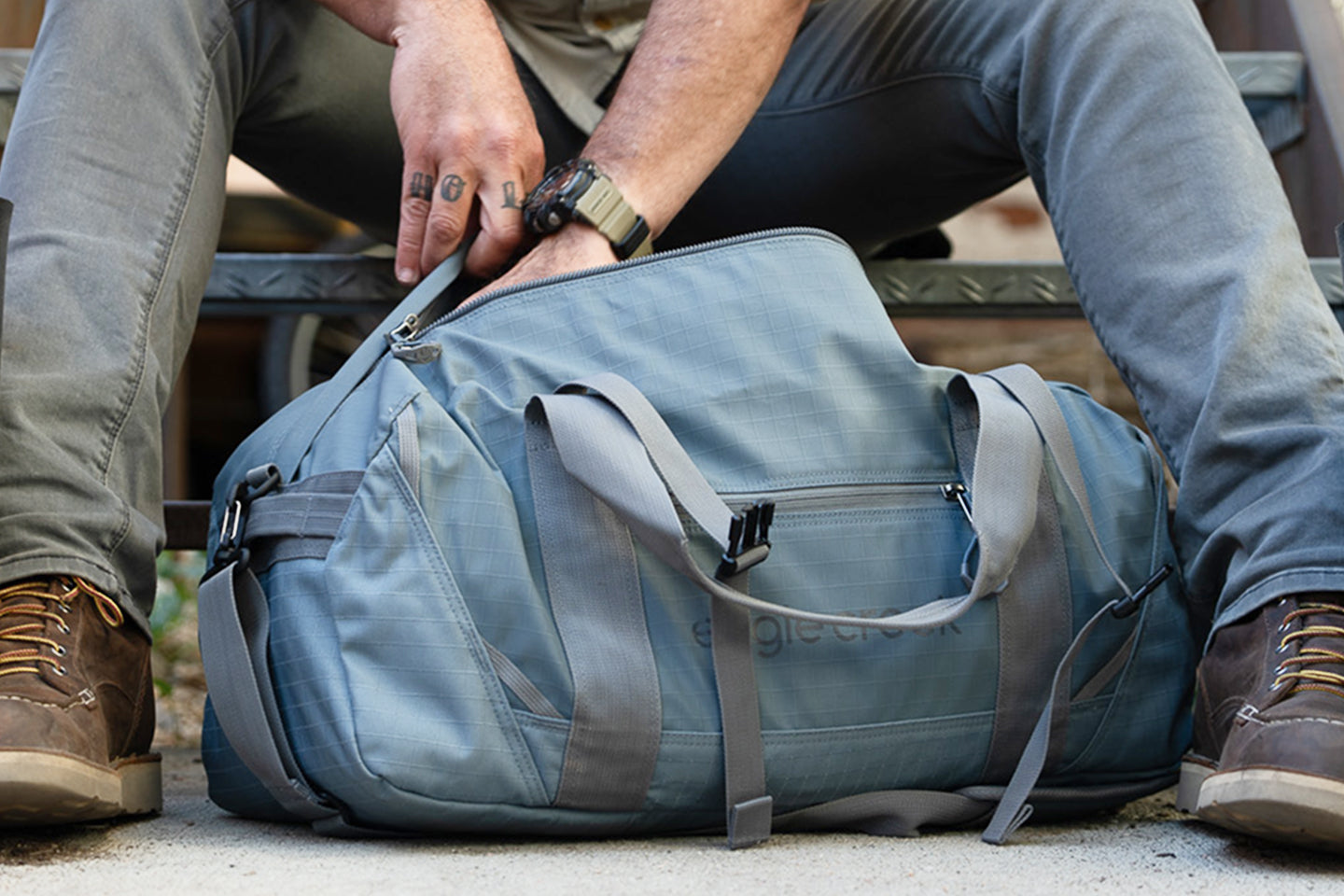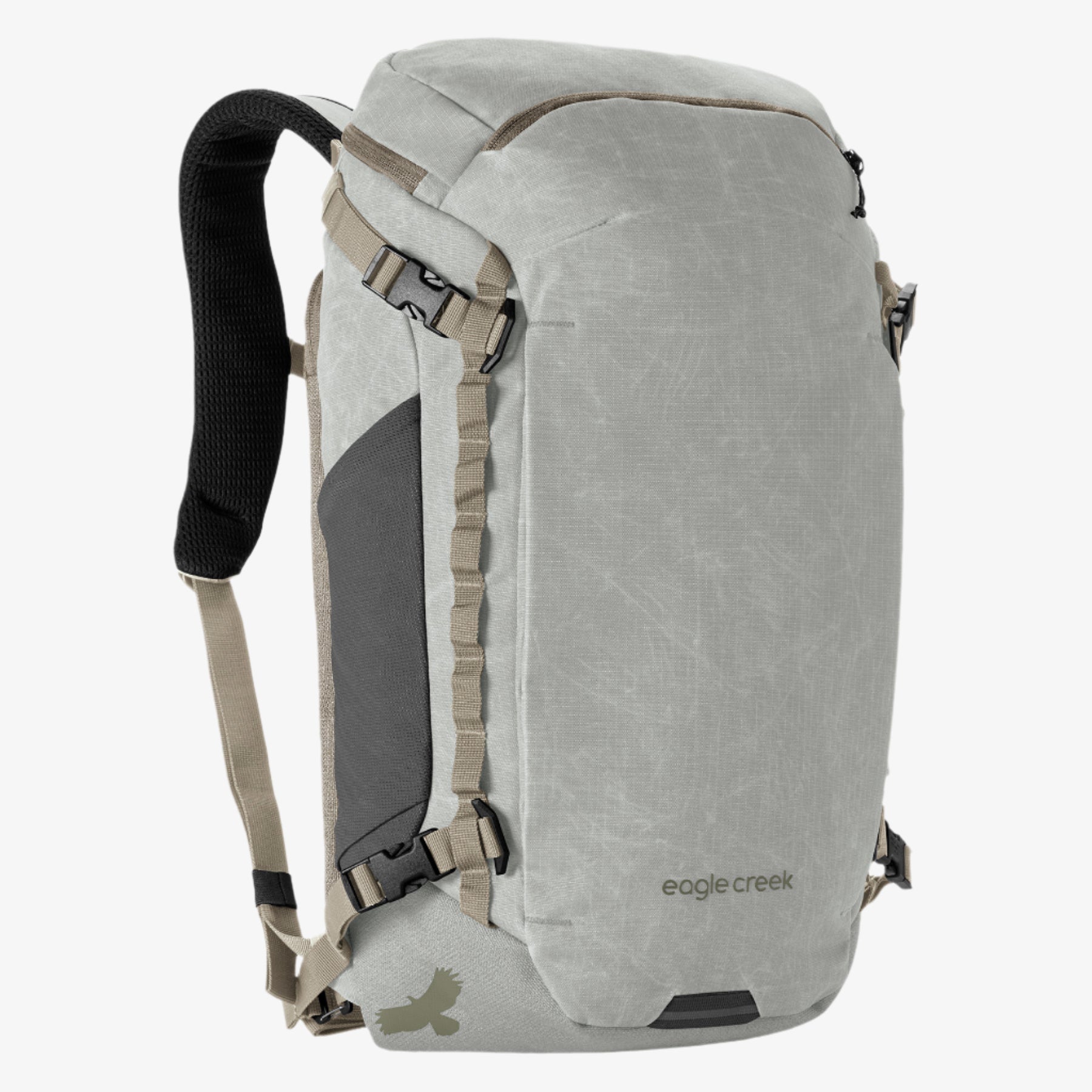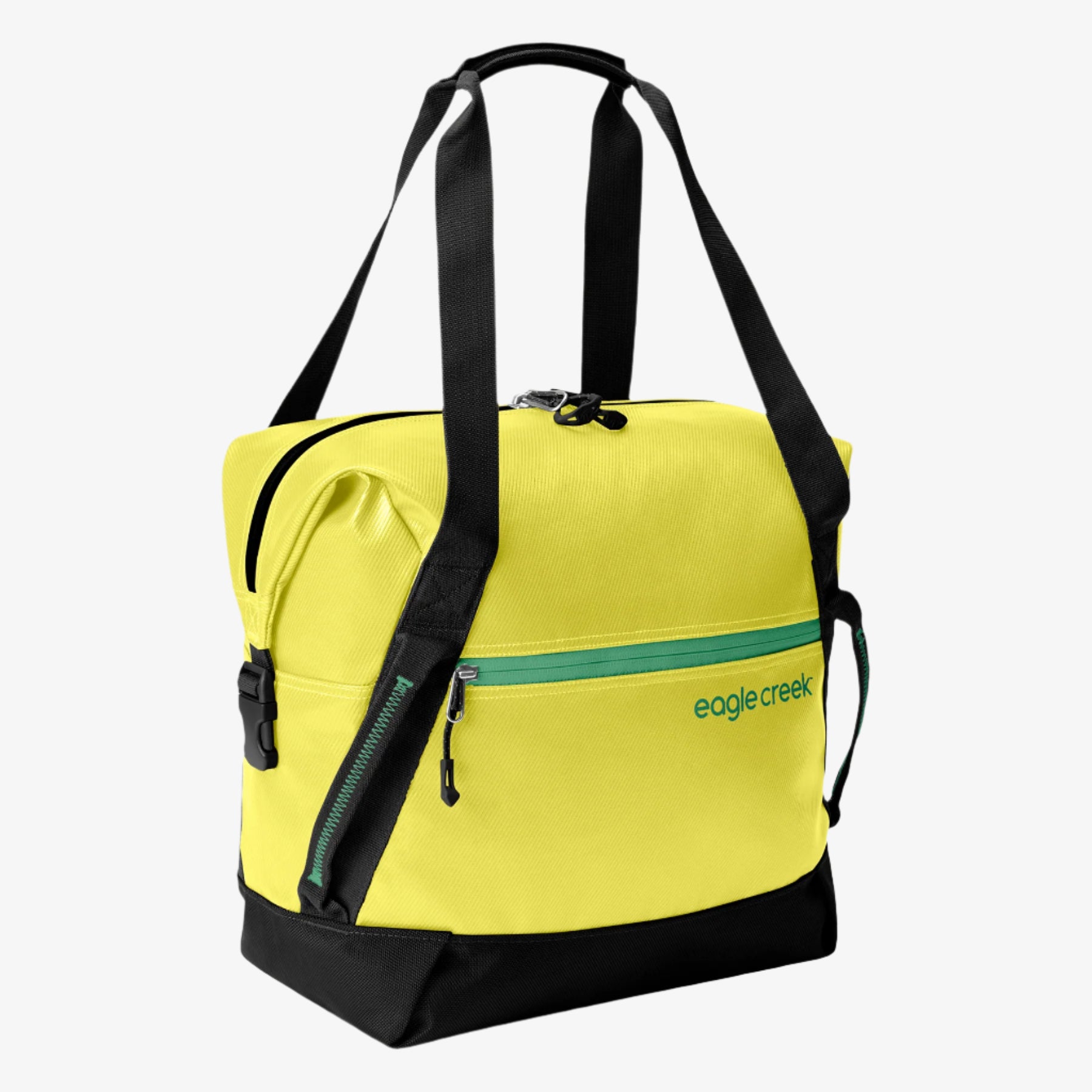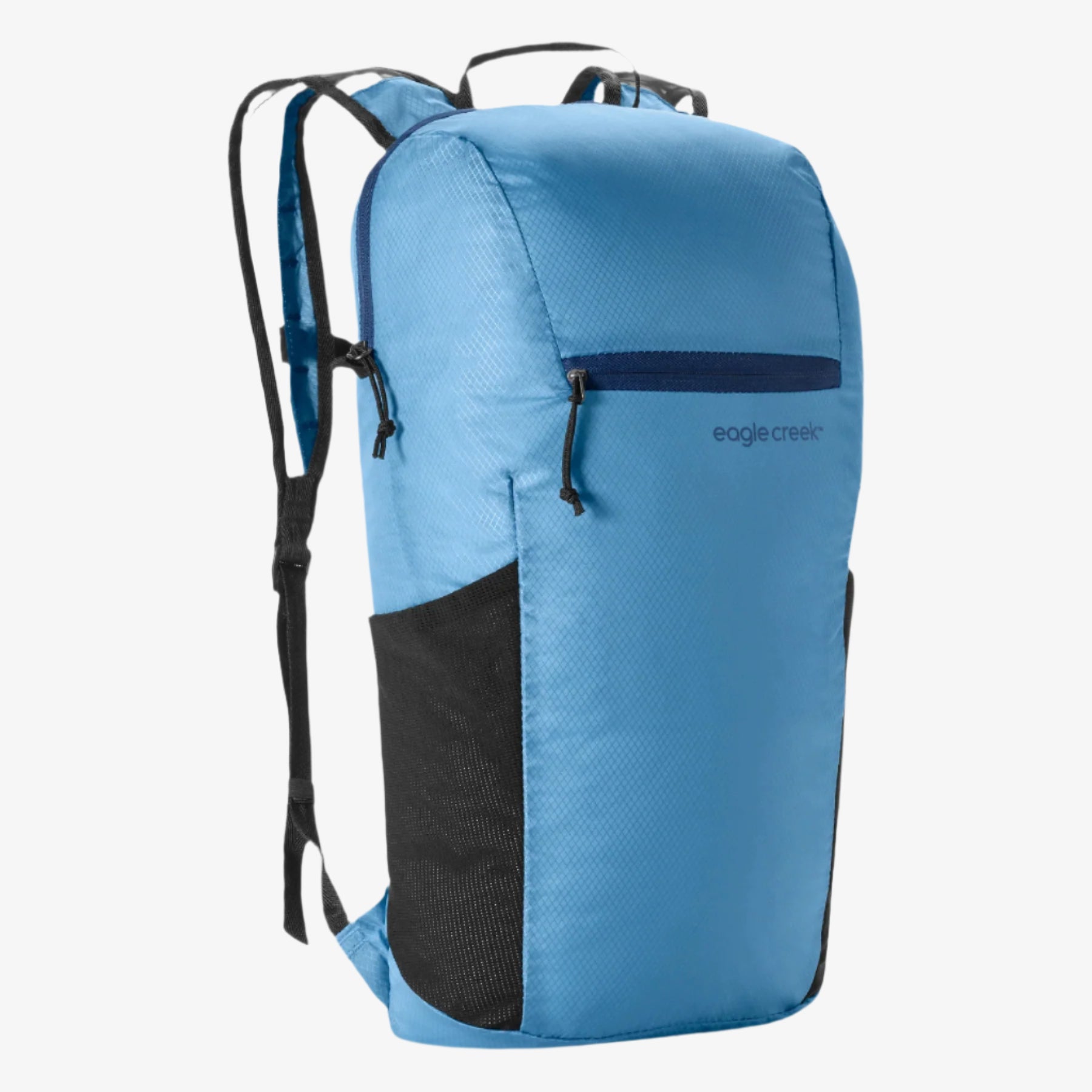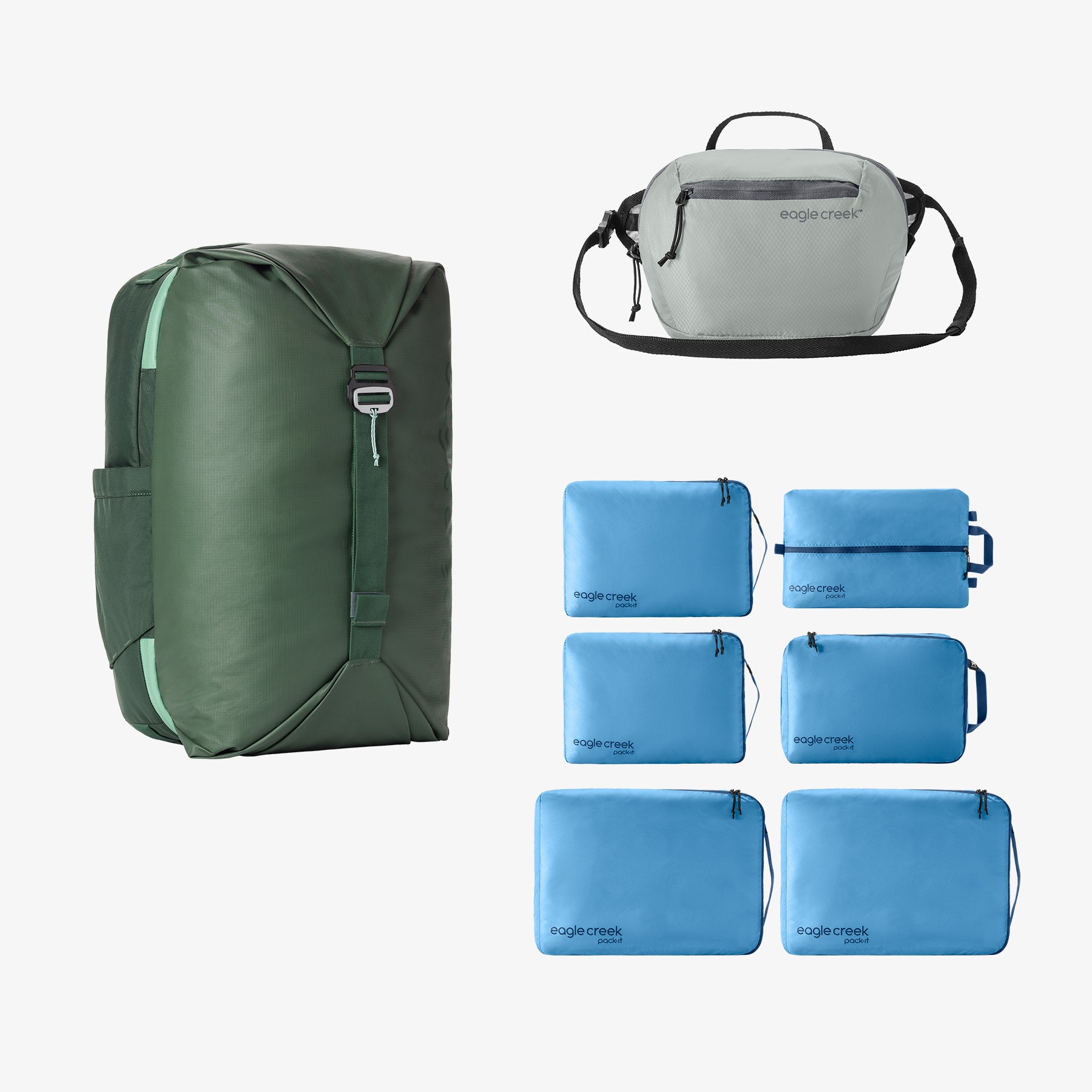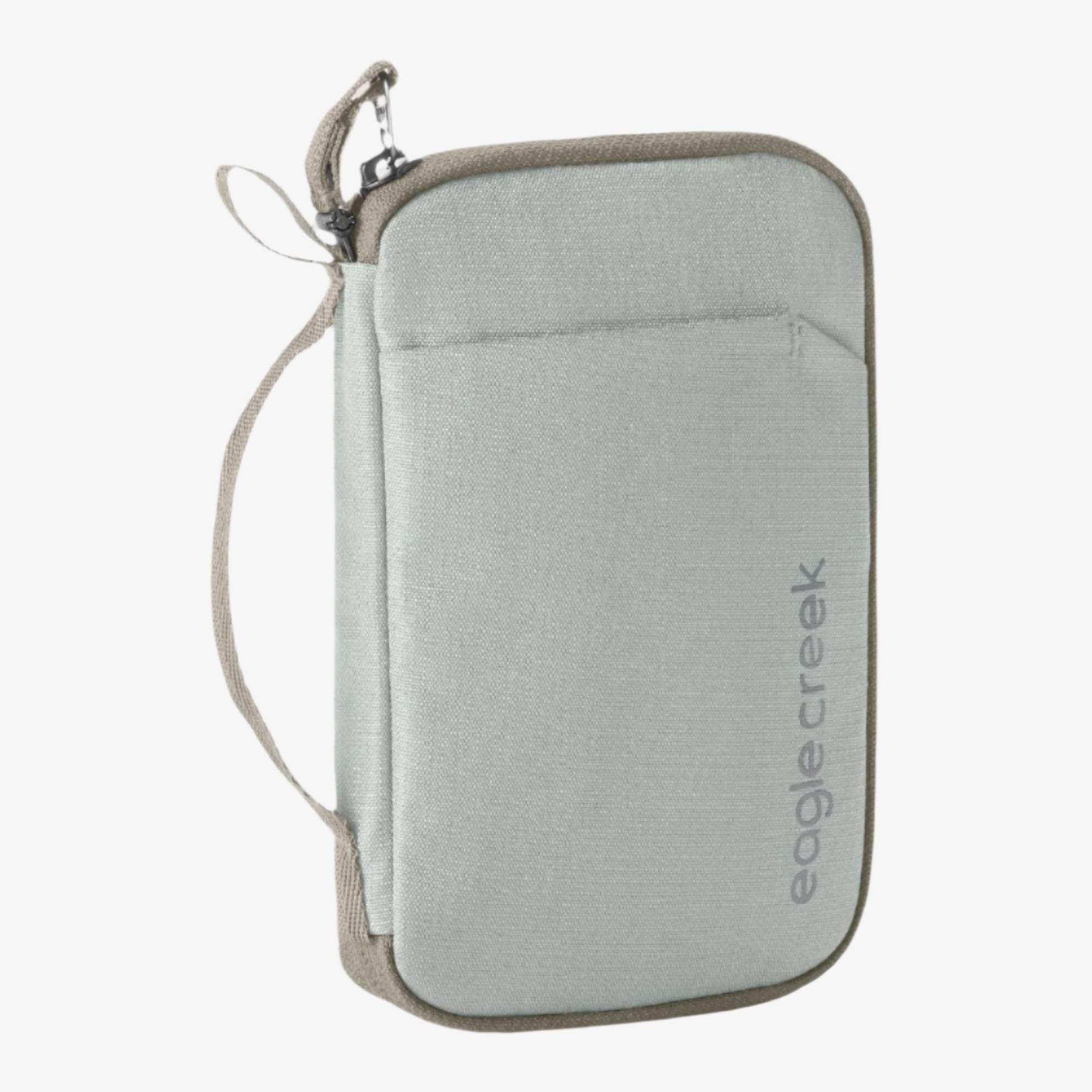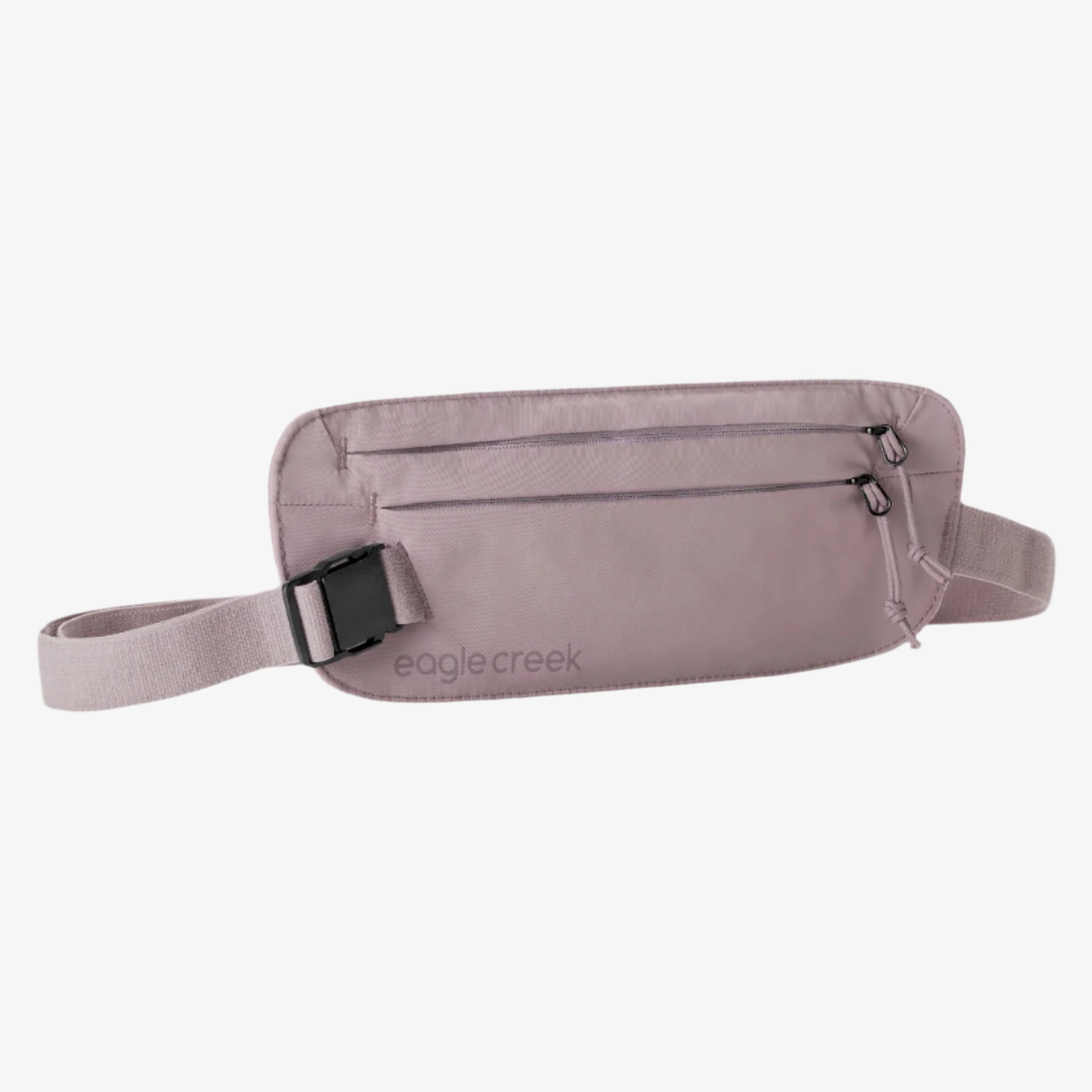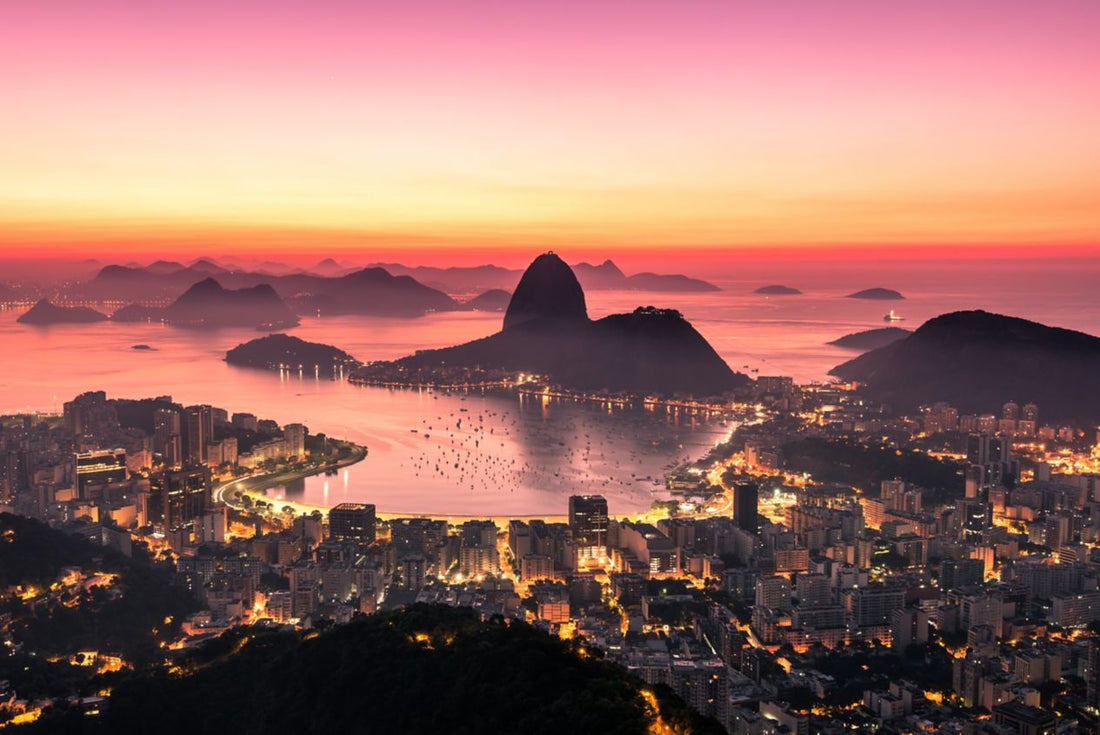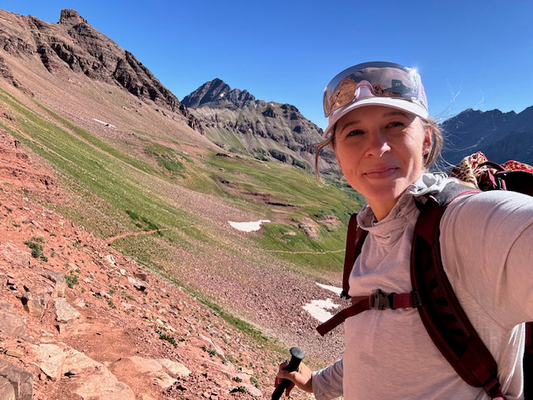
North America largely lives on a three-meal-a-day schedule that runs like clockwork. Most restaurants operate on this system, delivering breakfast until 10 or 11 am before converting to lunch in the afternoon then again to dinner in the early evening. We also tend to work on a 9-to-5 basis with breakfast before work, lunch at work, and dinner after work. In rural towns, finding a restaurant open after 9 pm might not even be possible.
In Central or South America, however, the game changes. The bigger cities have food available all the time but most small towns and villages work on a different schedule. It’s common to have a casual, late breakfast and work the morning and early afternoon. Most everything shuts down mid-afternoon for a good meal and a siesta, during which many stores close and restaurants are completely shut down
If you’re headed to Latin America, there are two approaches to your meal planning. You can buy food ahead of time and stay on the North American schedule, or you can immerse in the culture and get on their clock. Personally, I love eating late and breaking up my workday with a siesta, and, although it takes some tinkering with my North American internal clock, adjusting to the local schedule makes it possible to have a more authentic experience. If you choose this immersive travel route, these tips will help you have an authentic—and delicious—trip to Central or South America.
How to Find Late Night Food
In Latin America, everything is quiet during siesta, and then people start hustling around to finish up work for the day. They may even work into the first hour or two of darkness. On this schedule, other than grocery stores, small towns remain relatively quiet into the early night. Once 9 or 10 pm rolls around, though, it’s time to start thinking about dinner. (I’ve even had normal dinners that didn’t begin until after midnight in southern Chile!)
When it comes to finding late night food, follow the music and the crowds. Many restaurants are simple street corner locations without much in the way of signs. Ask around and peek in business windows to find something open. The lights and music usually don’t turn on until 9 pm or later. Some of the best food comes from street carts, and these neighborhood carts are as authentic as it gets. Local tacos, tamales, and other favorites are home cooked and incredibly delicious for a very low price. Any family run operation should be a first choice. Ask the locals, service professionals, and others who clearly live and work in the neighborhood, as they may be better food resources than any guidebook around.
Staying Safe While Exploring at Night
Most neighborhoods are safe around dinnertime, but you should always be prepared by concealing your valuables in an inconspicuous stash pouch or neck wallet. A waist pack is also a great option, especially if you want to keep your phone close and easily accessible. These valuable-securing tips ring especially true in bigger cities where pickpockets and petty theft are more common. Always use common sense and seek food in well-lit areas that are clearly used as public gathering spaces, and if you’re traveling solo, consider taking a reputable car or rideshare service at night (even if you usually like to walk).
Headed to Central America or South America for a foodie adventure? Get your bags ready with a destination-specific packing list for places like Peru, Belize, or Uruguay, or find all the tips you need on our Ultimate Travel Packing Checklist.
Related Links (from Eagle Creek blog):
10 Foods You Have to Try in South America
Get a Full Cultural Experience With Immersion Travel
